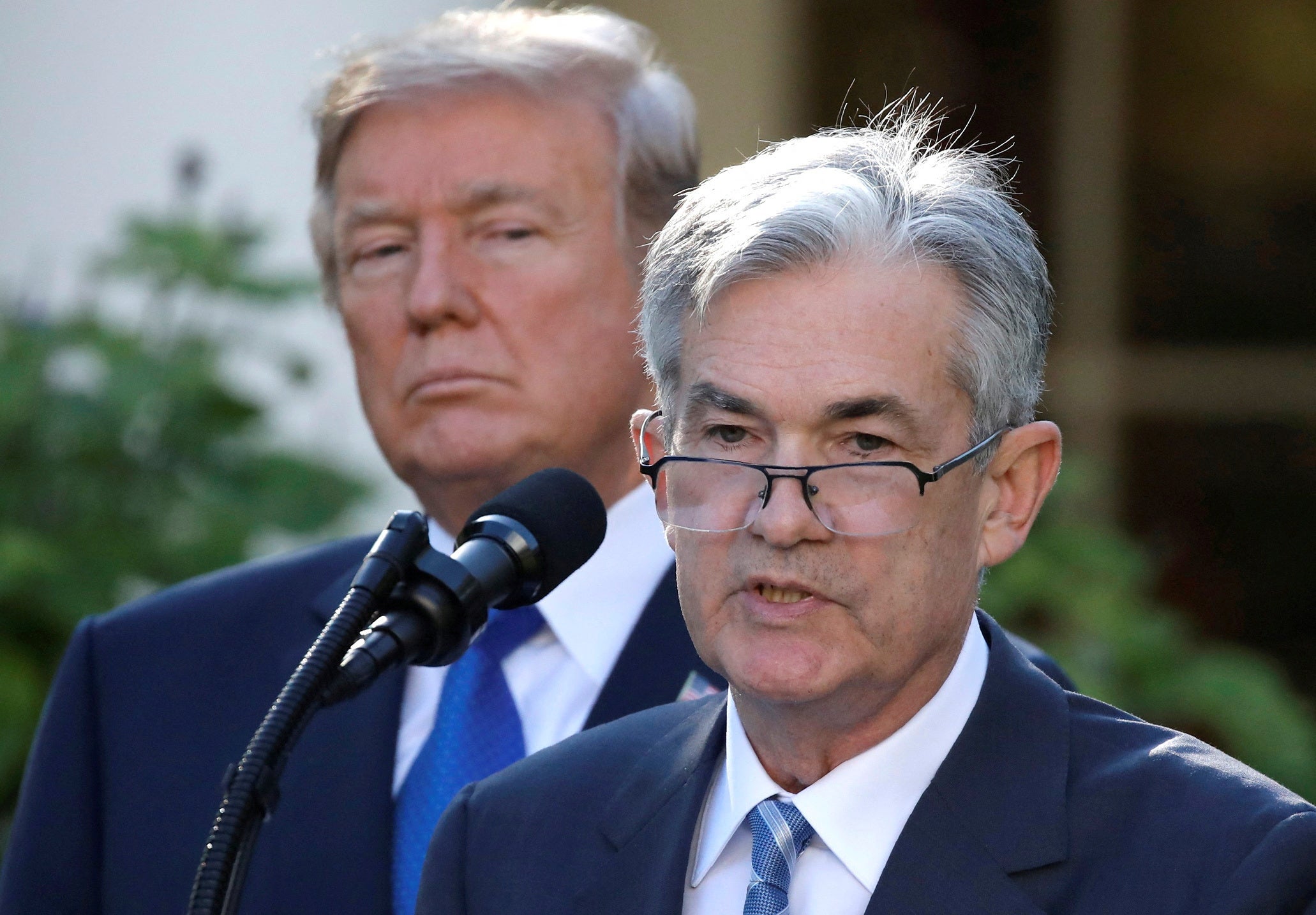ARTICLE AD BOX
The Trump administration suddenly halted all efforts to oust Federal Reserve Chair Jerome Powell after two close cabinet officials warned the president not to, according to a new report.
Donald Trump has publicly criticized Powell in recent days, suggesting repeatedly he should be fired while calling him “a major loser” and “Mr. Too Late” on Monday. Behind the scenes, senior aides were looking into ways to remove Powell, the Wall Street Journal reports.
White House lawyers were also looking at avenues to remove him, including whether they could for “cause,” the Journal reports. That’s because Federal Reserve leaders can only be removed for “cause,” like impropriety or malfeasance.
But all efforts stopped in their tracks earlier this week after Trump told his senior staff he wouldn’t try to remove Powell following advice from Treasury Secretary Scott Bessent and Commerce Secretary Howard Lutnick, according to the Journal. Bessent and Lutnick reportedly warned Trump that removing Powell would trigger a wave of legal issues and market chaos. In fact, the markets took a dive in the wake of Trump’s threats that Powell should be ejected.

Trump suddenly announced to reporters Tuesday that he has no intention of firing Powell, the markets quickly calmed and surged.
“This is a perfect time to lower interest rates,” Trump said. “If he doesn’t, is it the end? No. It’s not.”
White House spokesperson Taylor Rogers told the Journal that Trump “has a terrific team of advisors that give him counsel on numerous topics, but at the end of the day, the president is the final decision maker.”
As Trump turned down the heat on Powell, his administration also signaled its trade war with China may be winding down. Bessent said Tuesday that negotiations with China over Trump’s tariffs are a “slog,” but he predicted there will be a de-escalation of the current trade tensions. Trump similarly said he’d be willing to lower the tariffs.
Trump’s trade war with China began earlier this month, when he announced a blanket ten percent tariffs on goods from nearly every country, plus added levies depending on other nations’ trade relationships with the U.S. Trump placed a 90-day pause on these tariffs, except for those on Chinese goods.
Trump then raised the tariffs on Chinese goods to 145 percent. China was quick to hit back, imposing a 125 percent retaliatory tariff on American goods.
One senior White House official told the Journal that the tariffs on Chinese products could be reduced to between 50 percent and 65 percent.
“President Trump has been clear: China needs to make a deal with the United States of America,” White House spokesperson Kush Desai told the Journal. “When decisions on tariffs are made, they will come directly from the president. Anything else is just pure speculation.”



.jpeg?trim=0,0,0,0&width=1200&height=800&crop=1200:800)





 English (US) ·
English (US) ·